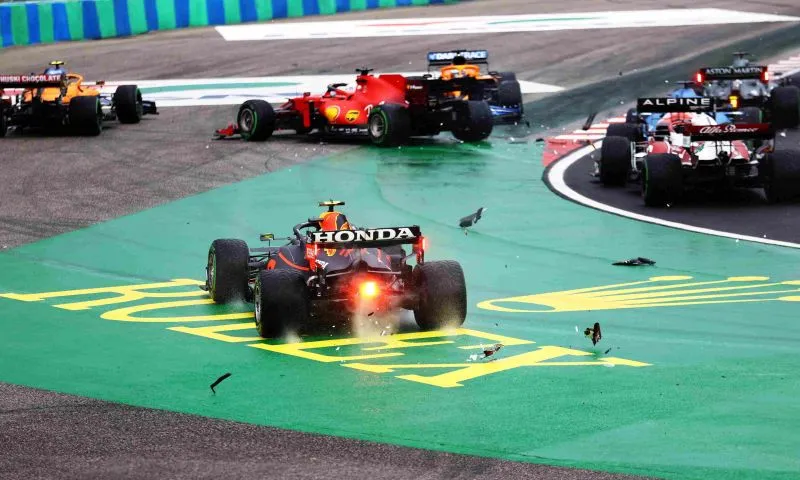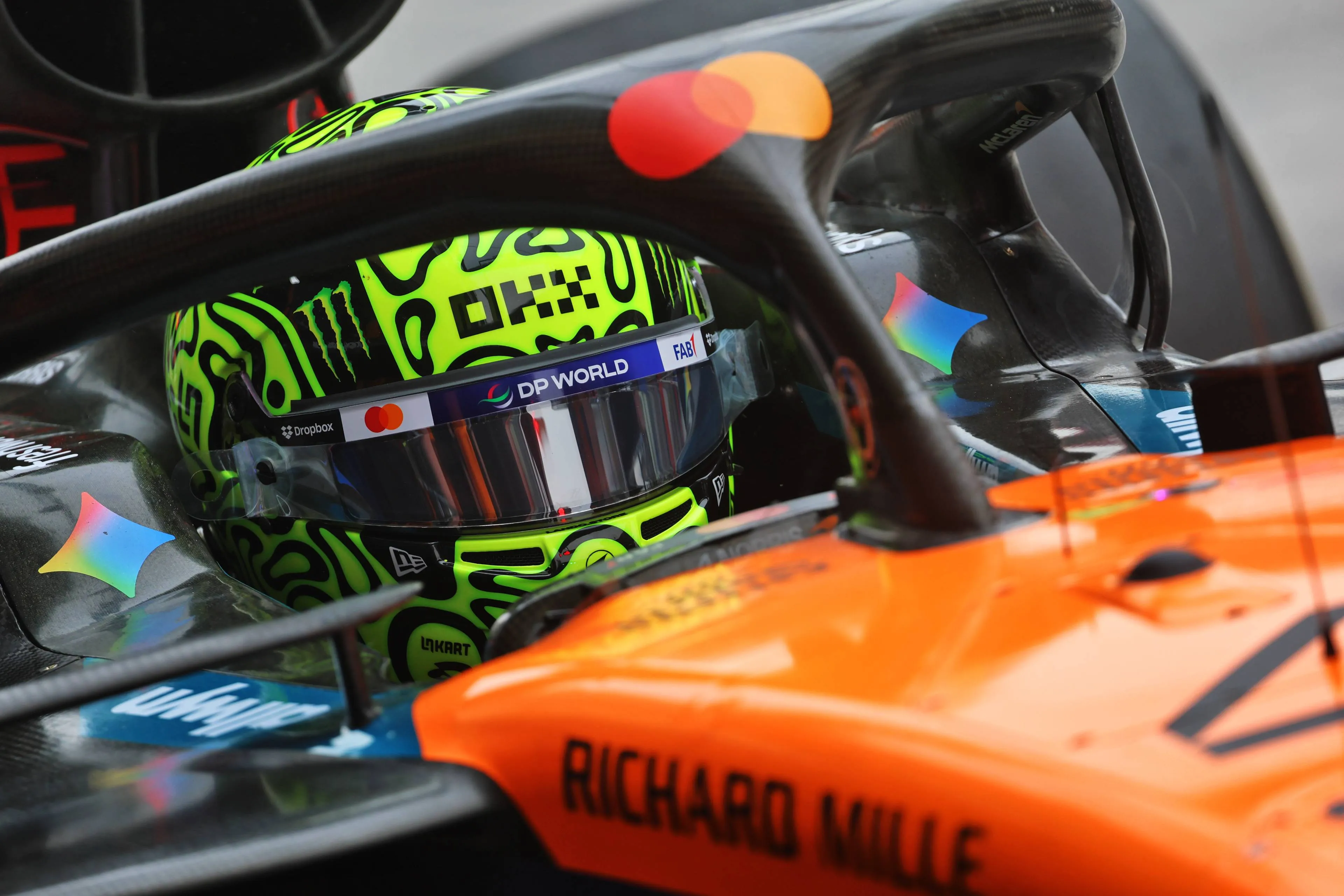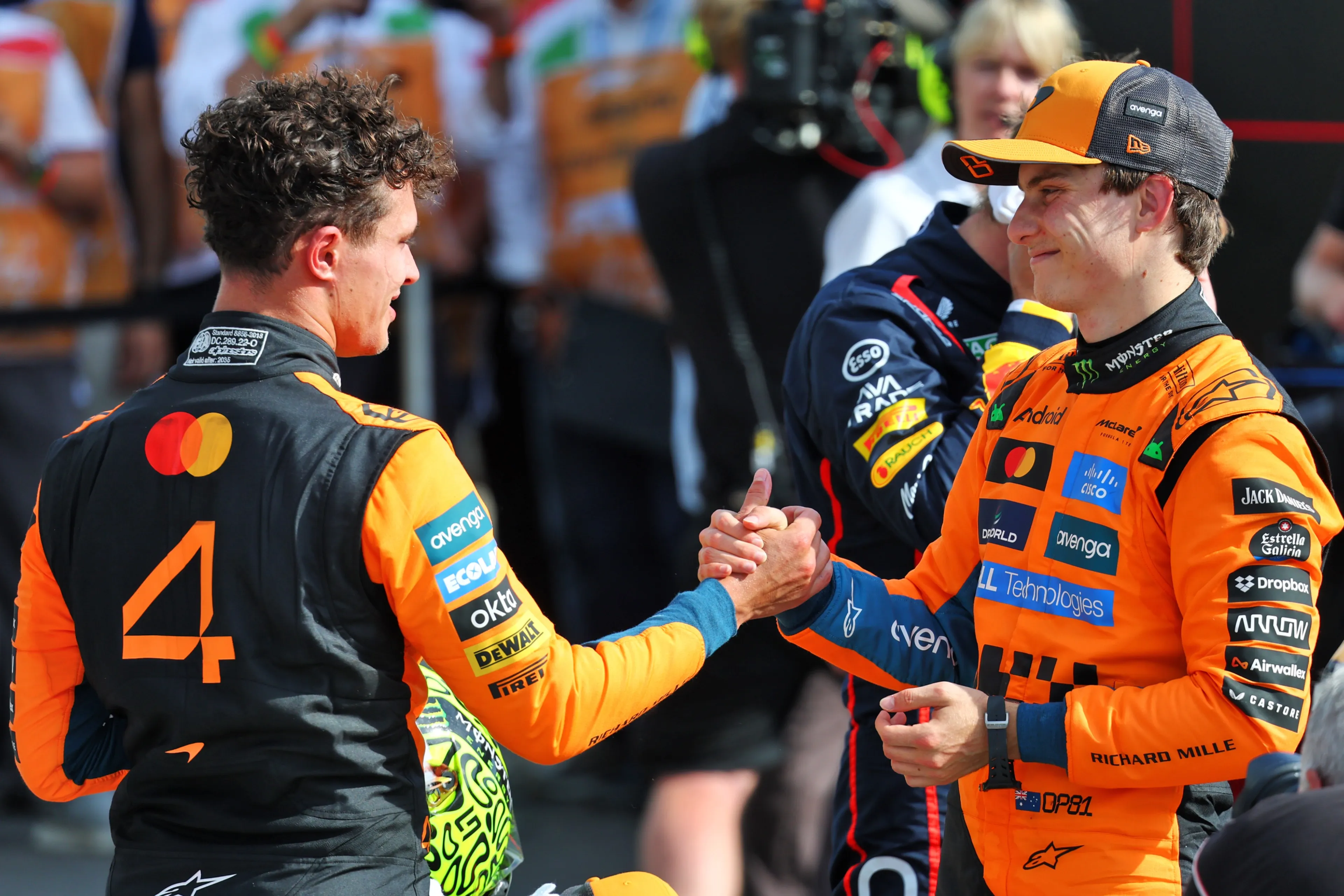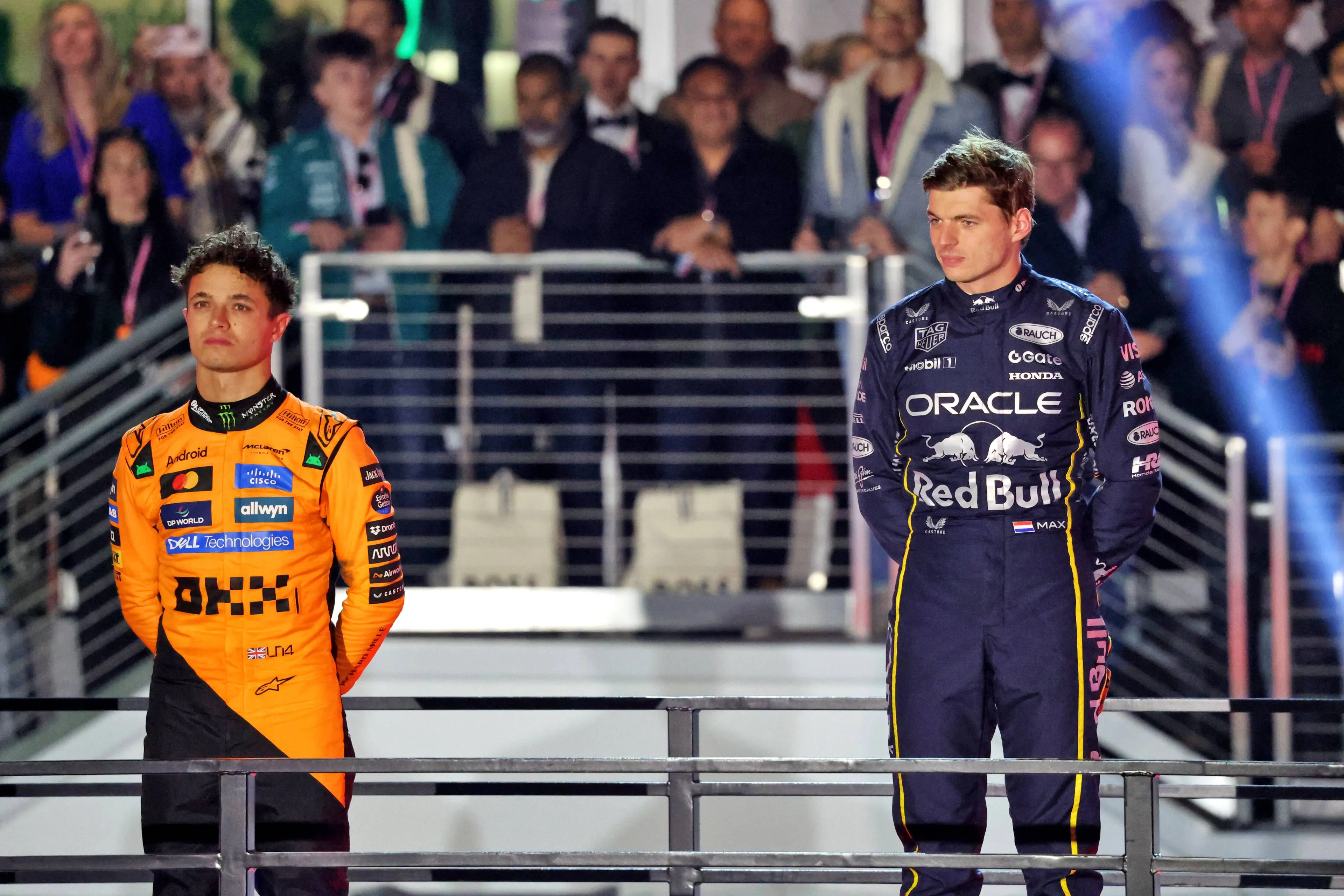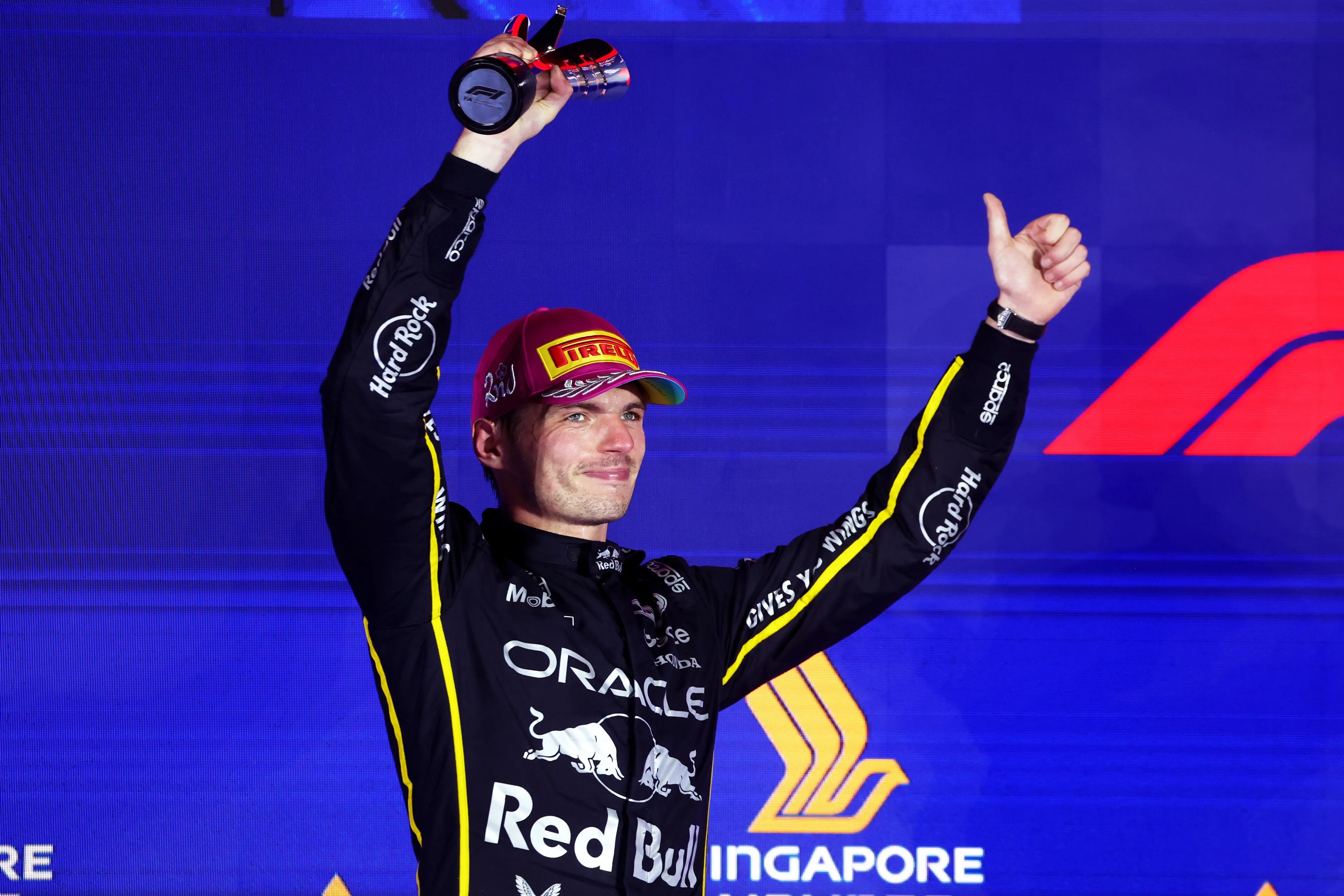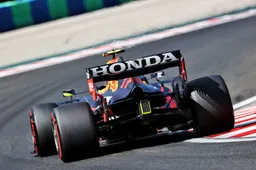Red Bull victim of budget cap after damage: Is a solution needed?
07:00, 09 Aug 2021
5 Comments
It took months to agree on a budget cap in Formula 1, but it was finally introduced in 2021. This year, 145 million dollars can be spent by the teams in Formula 1. But the distribution of this minimal budget is causing problems for the teams as the season progresses, especially when major crashes occur.
Especially for top teams like Mercedes, Red Bull Racing and Ferrari this has been a very difficult task. These teams have been working with much bigger budgets in recent years, so they have had to make some serious cuts. Many employees were forced to leave or be employed elsewhere in order to stay within the budget ceiling.
Some costs that a team makes are outside the maximum amount that can be spent per season. All marketing costs, drivers' salaries and the costs of the three highest paid staff members of the team don't have to be included. One of the items that did have to be budgeted within the budget ceiling was 'damage'.
Lots of damage at Red Bull
Crashes require parts to be replaced and that doesn't come cheap. Helmut Marko recently revealed how Red Bull estimated how many millions they would need to set aside before the season started, in order to repair the damage. "The budget for crash damage was calculated on the basis of accidents in previous years. But we have never had such a serious accident as Max Verstappen's at Silverstone."
The crash at the British Grand Prix cost Red Bull about $1.8 million. That's more than 1.2 percent of the Austrian racing stable's entire budget in 2021. Of course, Verstappen's crash at Silverstone was not the only damage he suffered. The 23-year-old Dutchman is sitting on almost $3.5 million in damages after eleven GPs this year, according to estimates. That would mean that at the end of the season he would be on around $7 million in damage. And that's not even counting second driver Sergio Perez.
Most frustrating for Red Bull, however, is that Verstappen caused very little of this damage himself. At Silverstone, the culprit was Lewis Hamilton; in Hungary, it was Valtteri Bottas; and earlier in the season, it was the Pirelli tyre that caused Verstappen to slam hard into the wall. However, the consequences are all on Red Bull and we're talking big consequences.
The year 2021 is a very special year for Red Bull Racing because not only does the current car need to be developed further, the 145 million dollars will also be used to design the 2022 car. Red Bull Racing therefore has a much smaller budget to work with due to external factors. So either they have less money to make more updates during the season or they choose to slow down the development of the car for next year. Ideally Red Bull wouldn't want to make a choice in this matter at all, but the circumstances are no different.
Unintended consequences budget cap
It seems very likely that these were unintended consequences of the introduction of the cost cap. It doesn't make the battle in Formula 1 any fairer, something that was the purpose of the budget cap. Christian Horner has called on the FIA to evaluate how the situation could be resolved.
After the Hungarian GP Horner wrote to De Telegraaf: "This is not what the cap is for. We are paying the price for it, while these are incidents we can't do anything about. As far as the budget ceiling is concerned the FIA really needs to look at this, because we are the ones suffering now. But other teams may suffer as well."
Red Bull's team boss received support from notable quarters. Mattia Binotto argued that guilty competitors should cough up the financial damage for affected teams. McLaren, in turn, argued that this is just part of the sport and that teams are responsible for how they manage their own budget.
Solution not nearby
Within Formula 1 there is disagreement about what to do with this problem. The big question is if the FIA intends to do anything about it and what the possible solutions are. One option is to leave the whole cost of 'damage' outside the budget ceiling, but crashes are part of motorsport and teams have to deal with them too.
The idea put forward by Binotto is therefore not so bad. There may be other options, but the fact is that it will always be difficult to identify the exact amount of damage and who is guilty when. There is also such a thing as racing incidents. Will the team just have to pay for the damage?
There is plenty to think about to come up with a good plan. For whatever idea, there will probably need to be a majority in Formula 1. If that is achieved, there is a very good chance the idea will only apply from 2022 onwards. Until then, Red Bull will have to make do with a lot less money than expected before the season.
Read more about:
Popular on GPBlog

1
Alonso reacts to blunt Verstappen's claim as title fight nears in Abu Dhabi
10930 times read

2
Hamilton reunites F1 grid for drivers' dinner ahead of Abu Dhabi GP
6170 times read

3
Verstappen speaks out strongly against online threats aimed at Antonelli
2418 times read
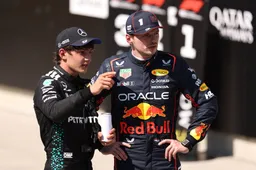
4
Antonelli reveals Verstappen’s strong message of support after online abuse
1996 times read
Loading
